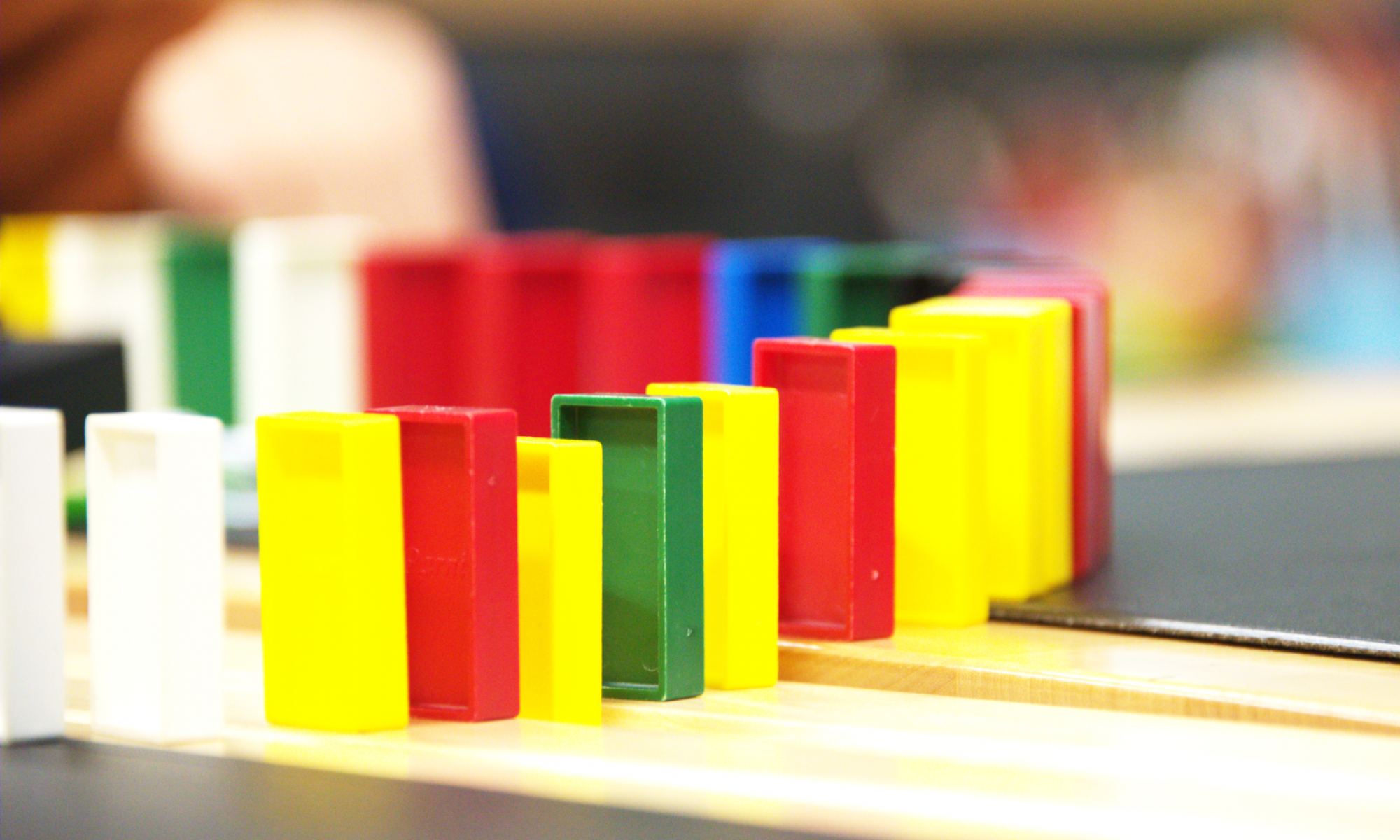When defining circular economy, Korhonen, Honkasalo and Seppälä (2018) have identified six integral restricting and delaying challenges:
- thermodynamic boundaries
- temporal and spatial system boundaries
- economic restrictions
- production and frozen process chains
- administrative restrictions
- social and cultural restrictions
This page examines through examples primarily the first restricting challenge, the thermodynamic boundaries of the transition to circular economy.
Physical-chemical boundary conditions
The humankind’s actions may be understood as a collection of processes. The nested processes follow one another, progressing side by side at different paces. An individual, for instance, takes part in several different processes in several different roles during their day. As an employee, a person may be a part of a production or development process, and as a consumer a part of an educational or a service process. All processes use energy and various raw materials and produce goods and, possible, waste. When cooking at home, you are using water and packaged groceries of different sorts and you heat the stove.
At a waste-to-energy plant, the heat generated from the chemical energy bound, for instance, to a non-recyclable food packaging, is distributed to households through district heating.
What is common to all processes is the fact that they can be modelled as systems. The advantage to modelling is that processes can be developed to become even more efficient than before so that as small an amount of energy and raw materials as possible are required to produce more of the needed goods and less waste. Both the processes as well as the modelling systems are set by physical and chemical boundary conditions: the law of conservation of energy, the law of conservation of mass and the second law of thermodynamics. In other words, a process cannot produce more material or energy as goods than the amount of input supplied as raw materials and energy.
In a closed system, the amount of energy and matter remains constant. Energy may only transfer or change its form, and the material may react with other substances within the system, but the total energy and mass is conserved. For instance, the potential energy associated with a body may be transformed into other forms of energy through work. All processes, however, strive for equilibrium, meaning the most probable state of the system. It is said that the entropy in the system increases. Therefore the systems and the processes corresponding to them lose some of their ability to work, i.e., produce commodities, in time. Only by adding energy and material from outside of the process can the work performed by the system remain constant or be increased.
The Earth can be modelled as a closed system. The amount of raw materials is finite, but the Earth constantly receives energy, the Sun’s radiation, and energy correspondingly leaves the Earth as heat radiation. This is called the Earth’s energy budget. The inbound solar energy entering the Earth is approximately equal to the outbound heat radiation from Earth to space.
Modelling the Earth as a system also offers the possibility to examine the greenhouse effect. Slightly less than a third of the Sun’s radiation and a wide majority (about 98 %) of the heat radiation leaving the Earth’s surface is absorbed by the atmosphere. Most of the radiant energy is absorbed in greenhouse gases enabling the greenhouse effect, due to which the Earth’s surface temperature is on average about 14 °C. Without the greenhouse effect, it would on average be much colder on Earth, about -20 °C. The Earth, radiating heat into space, and the radiation the Earth receives from the Sun form a thermodynamic equilibrium. The amount of greenhouse gases in the atmosphere has an effect on this balance. The root cause of the current climate change is specifically the increase in the amount of greenhouse gases. As a consequence, the greenhouse gases absorb an even greater part of the heat radiation, which intensifies the greenhouse effect and increases the average temperature of the climate.
It is of central importance to understand the physical-chemical boundary conditions to be able to innovate better solutions to the processes that use a lot of energy and raw materials. Additionally it enables us to estimate how feasible the new innovations are and to what degree they would save resources. Moreover, we are able to study whether some of the energy and raw materials used in the process can be reclaimed used as the raw materials of another process. In circular economy, individual processes cannot be considered to be closed systems but as open systems that exchange energy and matter with their surroundings, i.e. the other systems.
Reference
- Rebecca Lindsey (2009) “Climate and Earth’s Energy Budget” NASA Earth Observatory https://earthobservatory.nasa.gov/features/EnergyBalance Accessed 6.3.2019

